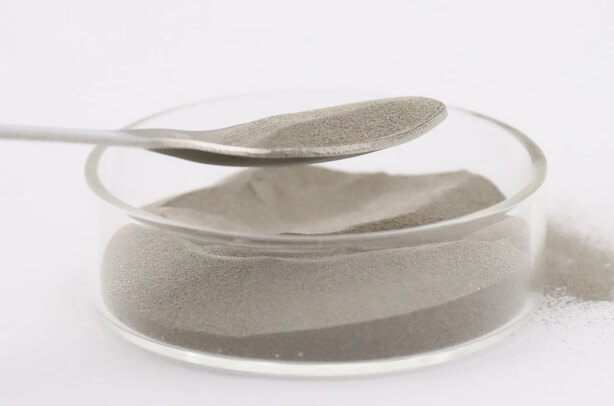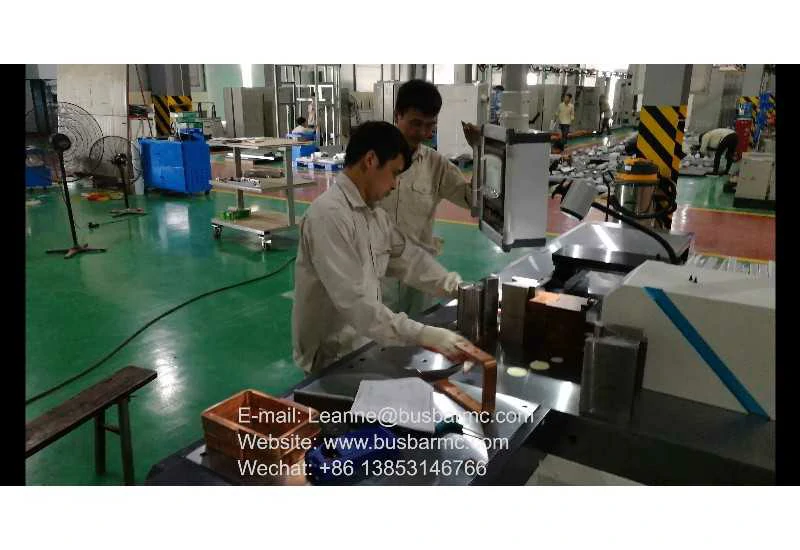Introduction: The strength requirements of powder metallurgy gears are what many friends want to know. Powder metallurgy is the preparation of metal powder or the use of metal powder (or a mixture of metal powder and non-metal powder) as raw materials, through shaping and sintering, to manufacture metal materials and composite materials. And the process technology of various types of products, so what are its advantages? Let’s take a look below. What is the strength of powder metallurgy? For powder metallurgy, it can carry torque up to 14NM, and warm-pressed parts can reach 20NM.
Many friends want to know the strength requirements of powder metallurgy gears. Powder metallurgy is to prepare metal powder or use metal powder (or a mixture of metal powder and non-metal powder) as raw materials, through shaping and sintering, to manufacture metal materials, composite materials and various Process technology for various types of products, so what are its advantages? Let’s take a look below.
What is the strength of powder metallurgy?
For powder metallurgy, it can carry torque up to 14NM, warm-pressed parts can reach 20NM, and if it is warm-pressed FD0405, it can reach about 25NM. Therefore, under the practice conditions allowed by professional powder metallurgy design, the lightness can still be increased to 30-40%. Adding 2%-3% Ni and 2% Cu to the material can significantly improve the material’s flexibility and impact strength after sintering.
Powder metallurgy accuracy depends on the material expansion coefficient and mold accuracy. Generally, domestic molds for gears with a diameter of less than 50 are about grade 8-9, imported molds are grade 7-8, and helical gears are one grade higher. The biggest advantage of powder metallurgy gears is that they can be produced in batches and have very good consistency;
What is the reason for the insufficient strength of powder metallurgy?
Insufficient powder metallurgical strength is due to powder oxidation, resulting in poor compaction and sintered alloying. In addition, metal powder is easy to absorb water when stored, and must be controlled in areas and seasons with high humidity. The internal pores of the compact made by powder pressing cannot be completely eliminated. Therefore, the strength and toughness of powder metallurgy products are inferior to those of castings and forgings of corresponding compositions.
Raw materials
Improper selection of raw materials or wrong materials. Parts that should be made of medium carbon steel or high carbon steel but wrongly use low carbon steel. Parts that should be made of alloy tool steel but wrong use of ordinary high carbon steel will cause insufficient hardness or soft spots. Example 1: A gear made of 45# steel should be used, and its quenching hardness should be about 60HRC, but 25# steel was mistakenly selected, and the result is a hardness of about 380HBS; Example 2: A mold made of 9Mn2V should be used, but T8 was mistakenly used. Steel, because the sparks of 9Mn2V and T8 steel are difficult to distinguish, the quenching process of 9Mn2V was mistakenly quenched during quenching, and oil cooling was used. As a result, the hardness was only about 50HRC. The above two situations belong to insufficient overall hardness and can be judged by hardness test or metallographic test.
Heating process
The quenching heating temperature is low and the holding time is insufficient. Undissolved ferrite, such as hypoeutectoid steel, when the heating temperature is between Ac3 and Ac1 (for example, the quenching heating temperature of 45# steel is lower than 860°C), because the ferrite is not Completely dissolved into austenite, uniform martensite cannot be obtained after quenching, but ferrite and martensite are obtained, which affects the hardness of the workpiece. Undissolved ferrite can be seen from metallographic analysis. For high carbon steel, especially high alloy steel, if the heating or holding time is insufficient, the pearlite cannot transform to austenite, and martensite cannot be obtained. In actual production, the above situation is often due to deviations in instrument indications (higher temperature indications) or uneven furnace temperatures, which make the actual temperature of the workpiece lower; errors in estimating the thickness of the workpiece cause the holding time to be too short.
During quenching and heating, after quenching the decarburized steel on the surface of the workpiece, metallographic analysis shows that the surface is ferrite and low carbon martensite. After the surface decarburization layer is removed, the hardness meets the requirements. This situation often occurs in the box. If it is not protected or poorly protected in the furnace, or heated in a salt bath with poor deoxidation, oxygen will react with the carbon atoms in the workpiece to generate CO, which will reduce the carbon content on the surface of the workpiece, resulting in insufficient surface hardness.



